
Raise your hand if your gut could use some love. (If you don’t have your hand raised, please, share your secrets.)
With everyone searching for simple, natural ways to take care of their digestive health, fermented foods—like yogurt, kefir, sauerkraut, kimchi, pickles, and kombucha—have gone from something your grandma used to keep stashed in the pantry to some of the trendiest eats in the game.
The reason: Fermented foods are packed with probiotics, bacteria that help support your gut microbiome and promote health in all sorts of ways.
“Generally, it seems fermented foods offer unique benefits because of the sum of their parts,” says dietitian Cara Harbstreet, RD, of Street Smart Nutrition. “In addition to beneficial probiotics, they also provide nutrition, energy, antioxidants, and other beneficial compounds.”
While research in this area is still emerging, fermented dairy, in particular, has been linked with improved gut health and even reduced inflammation.
But which type of fermented dairy—namely yogurt or kefir—should you load up on? The two popular products are more different than you might realize.
To keep your fermented food game strong, here’s the low-down on how yogurt and kefir stack up against each other.
How exactly are yogurt and kefir made?
Yogurt and kefir’s distinct vibes reflect the different ways they’re made. Though both made from milk, yogurt is thick, creamy, and best eaten with a spoon, while kefir has more of a drinkable yogurt feel and is easy to pour or sip.
Both yogurt and kefir are fermented, or cultured. Here’s how that works: “Bacteria or yeast are introduced or naturally cultured, and then break down the sugars present into lactic acid,” says nutritionist Keri Glassman, RD. (This process istechnically called lactic acid fermentation.)
“This does two things: It creates that tangy flavor you associate with fermented foods and introduces tons of ‘good-guy’ gut-healthy microorganisms,” Glassman explains.
Here’s where things differ: Yogurt is made with just bacteria (typically Lactobacillus bulgaricus and Streptococcus thermophilus). These bacteria initiate the lactic acid fermentation process, which curdles the milk’s proteins and creates that creamy yogurt texture, says Glassman.
Kefir, meanwhile, is made with a mixture of both bacteria and yeast called a “grain” (which typically looks something like cauliflower florets or rice), says Harbstreet. As a result, it undergoes both lactic acid fermentation and alcoholic fermentation.
Which has more probiotics—yogurt or kefir?
Fact: Both yogurt and kefir can be good sources of live probiotics, which can help populate the gut with good bacteria.
Also fact: Kefir tends to contain more of the gut-friendly microorganisms—and a wider variety of bacteria strains, according to Glassman. (Kefir grains may contain up to 61 strains of bacteria and yeast, according to one 2016 Frontiers in Microbiology study.)
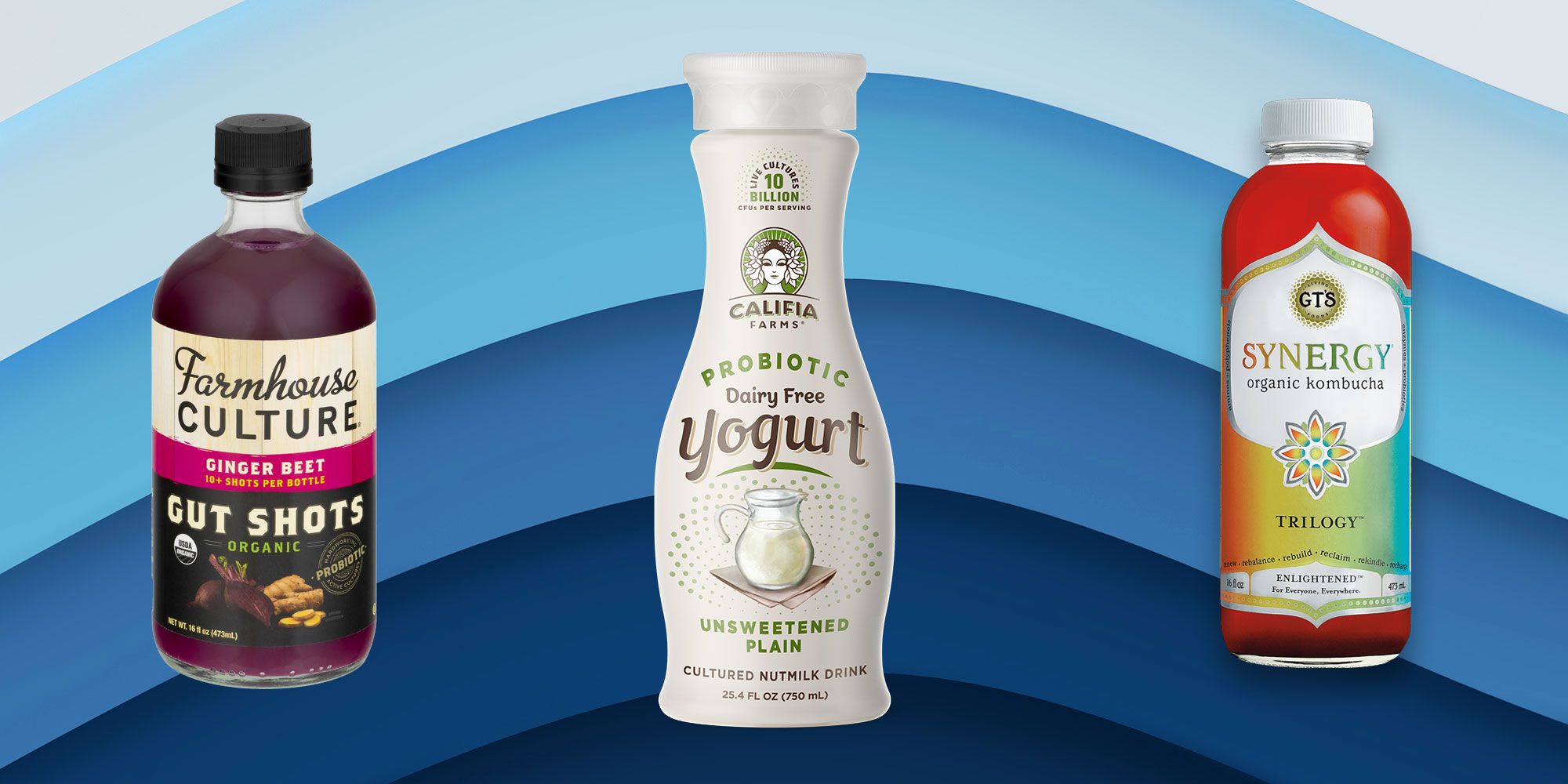
The main reason for the difference: kefir’s two fermentation processes, Glassman says.
Plus, kefir is typically fermented for longer than yogurt, which means more time for its probiotic population to grow.
One thing to note, though: “Not all fermented foods are considered probiotic when you buy them off the shelf,” says Glassman. “To reap the benefits of probiotics when buying fermented foods like yogurt or kefir, look for ‘active cultures’ on the label.”
The tastes and textures of yogurt and kefir are pretty different.
Yogurt itself can range in taste and texture, with some being thick and scoop-able while others are creamy and thin, says Harbstreet. “Yogurt is typically mild in flavor, even in an unsweetened or unflavored state, though,” she adds.
Kefir, meanwhile, typically has a thinner (and even bubbly) texture. “It’s not as dramatic as carbonated beverages but it’s a key distinction from yogurt,” says Harbstreet. Kefir also has a more distinctly tangy flavor. (Because of that wide range of bacteria and yeast in it, you may detect some yeastiness in unsweetened or unflavored versions.)
Yogurt and kefir brands nutritionists love:
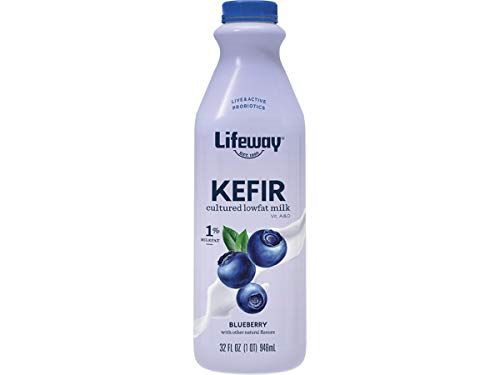 Lifeway Organic Cultured Low-Fat Milk KefirLifeway Kefiramazon.com$51.32BUY IT HERE
Lifeway Organic Cultured Low-Fat Milk KefirLifeway Kefiramazon.com$51.32BUY IT HERE
Lifeway is Harbstreet’s perennial favorite kefir brand. It’s got so many flavors to choose from and is available in most major retailers.
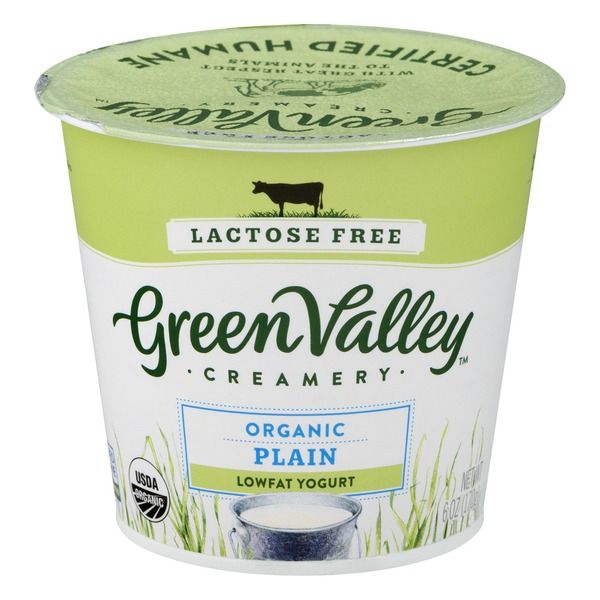 Organic Low Fat Plain YogurtGreen Valley Organicsinstacart.com$1.99BUY IT HERE
Organic Low Fat Plain YogurtGreen Valley Organicsinstacart.com$1.99BUY IT HERE
If you’re lactose-sensitive but still want to reap all the benefits of fermented dairy, Harbstreet recommends this brand. “The entire line, including yogurt and kefir, is lactose-free,” she says.
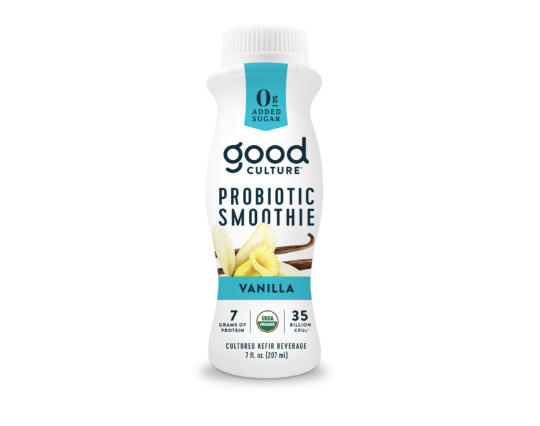 vanilla probiotic smoothiegoodculture.com$7.00BUY IT HERE
vanilla probiotic smoothiegoodculture.com$7.00BUY IT HERE
Need a convenient on-the-go snack or breakfast pairing? Harbstreet loves Good Culture’s portable options.
 Lifeway Organic Cultured Low-Fat Milk KefirLifeway Kefiramazon.com$51.32BUY IT HERE
Lifeway Organic Cultured Low-Fat Milk KefirLifeway Kefiramazon.com$51.32BUY IT HERE Organic Low Fat Plain YogurtGreen Valley Organicsinstacart.com$1.99BUY IT HERE
Organic Low Fat Plain YogurtGreen Valley Organicsinstacart.com$1.99BUY IT HERE vanilla probiotic smoothiegoodculture.com$7.00BUY IT HERE
vanilla probiotic smoothiegoodculture.com$7.00BUY IT HEREIf you’re like me and can’t decide between the many probiotic-rich dairy options currently stocking the cold cases in the grocery store, here’s some guidance from the nutrition pros themselves.
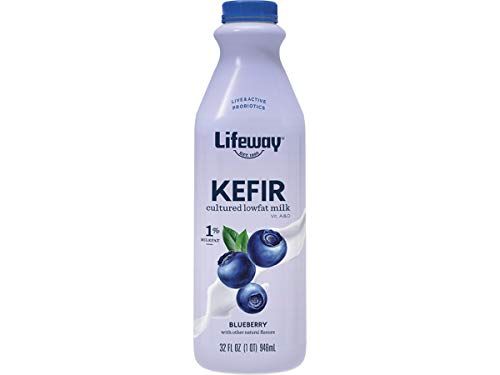 Lifeway Organic Cultured Low-Fat Milk Kefiramazon.com$51.32SHOP NOW
Lifeway Organic Cultured Low-Fat Milk Kefiramazon.com$51.32SHOP NOW
Lifeway is Harbstreet’s perennial favorite kefir brand. It’s got so many flavors to choose from and is available in most major retailers.
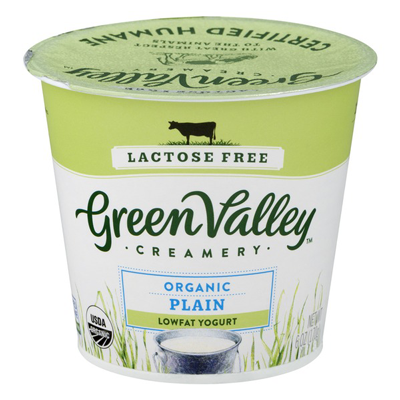 Green Valley Creamery Organic Low Fat Plain Yogurtinstacart.com$2.29SHOP NOW
Green Valley Creamery Organic Low Fat Plain Yogurtinstacart.com$2.29SHOP NOW
If you’re lactose-sensitive but still want to reap all the benefits of fermented dairy, Harbstreet recommends this brand. “The entire line, including yogurt and kefir, is lactose-free,” she says.
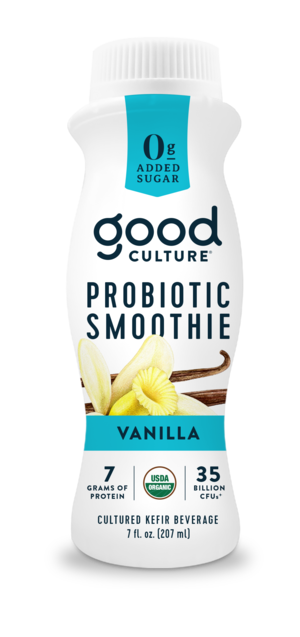 Good Culture Vanilla Probiotic Smoothiegoodculture.com$7.00SHOP NOW
Good Culture Vanilla Probiotic Smoothiegoodculture.com$7.00SHOP NOW
Need a convenient on-the-go snack or breakfast pairing? Harbstreet loves Good Culture’s portable options.
How to use yogurt and kefir in your healthy eats.
To reap kefir and yogurt’s benefits, incorporate at least one serving of one of the fermented foods into your diet per day, suggests Glassman.
As for how, “I regularly recommend that people combine dairy with whole, fresh produce,” she says. “The addition of fermented dairy to otherwise plant-based plates adds even more protein and vitamins and nutrients like calcium and B12, and provides that satiety we seek when finishing a meal.
 OatmealStoriesGetty Images
OatmealStoriesGetty Images
You can also use yogurt in all sorts of creamy sauces or dressings, or as a topping for desserts, Harbstreet recommends. (It also swaps in for oil or butter in baked goods.)
As for kefir? “Add it to a gut healthy smoothie or overnight oats, or my personal favorite, mix it with Parmesan, garlic, lemon, and olive oil to make a super creamy, Caesar-like avocado kefir dressing,” says Glassman.
One note: Yogurt and kefir’s probiotics are best preserved if you don’t heat them up, so those yogurt muffins may not offer the same gut benefits as that kefir salad dressing, Glassman adds.
The bottom line: Yogurt and kefir definitely have their differences, but both are great sources of gut-loving probiotics and worth eating on the reg.
Source: Read Full Article